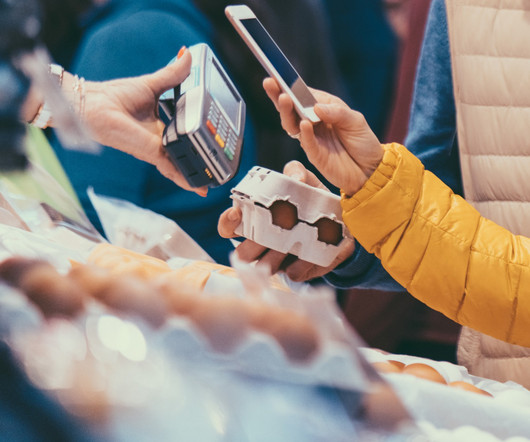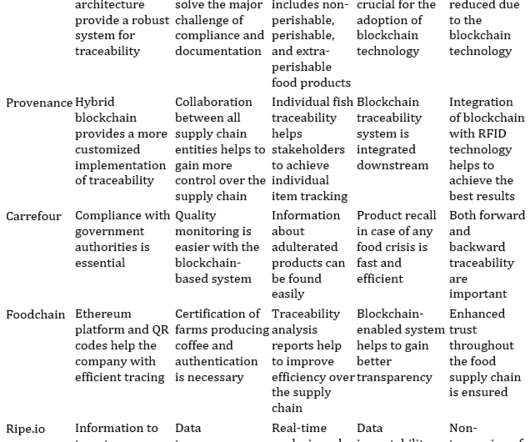Security AI and automation are key in protecting against costly data breaches for retailers and consumer goods businesses
IBM Business Partners
OCTOBER 3, 2023
But this growth in digital sales can come with a hefty price tag for retailers and consumer goods businesses: a much greater risk of data breaches. But there’s good news: by modernizing their cybersecurity strategy with automation and AI technologies , businesses can help reduce costs and minimize time to identify and contain breaches.













Let's personalize your content